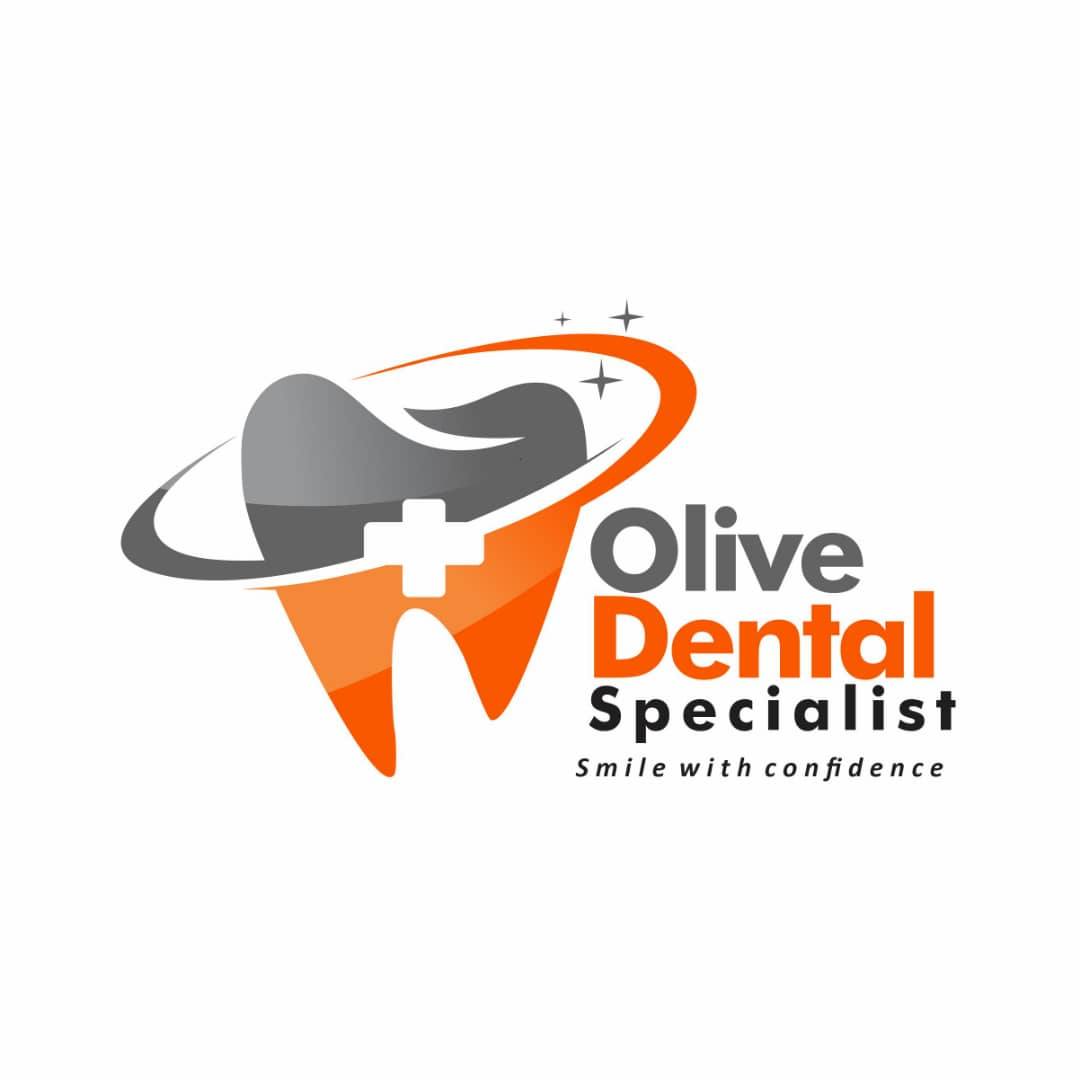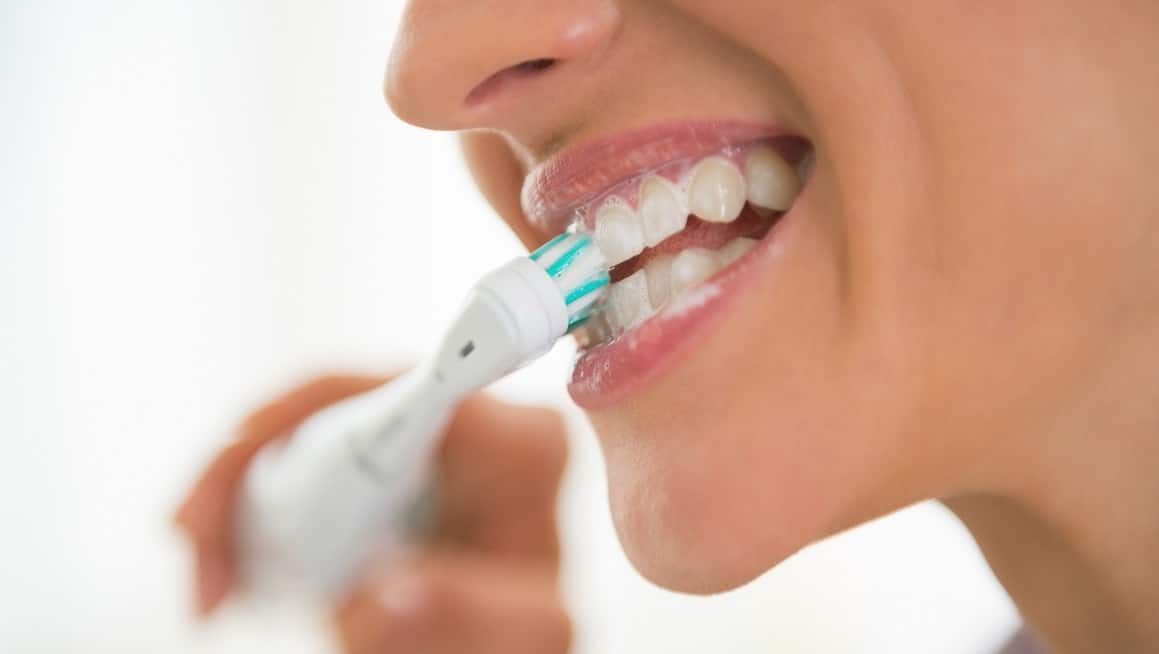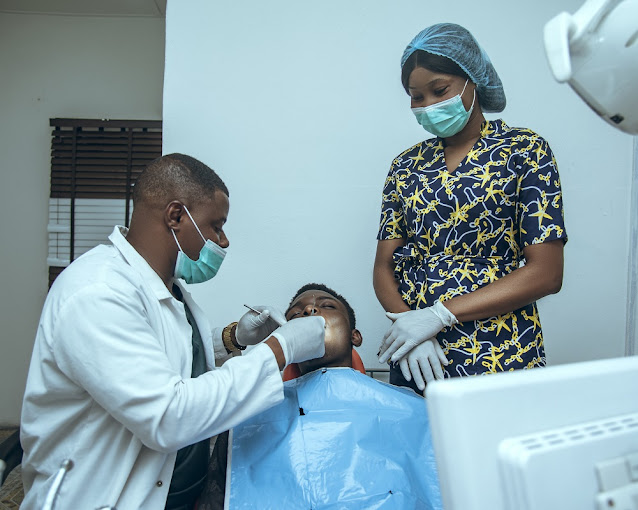Brushing your teeth is something most people do every day—but the truth is, many of us aren’t doing it as effectively as we should. According to dental professionals, improper brushing techniques are a leading cause of plaque buildup, gum irritation, tooth decay, and even periodontal disease. While visiting your dentist every six months for a professional cleaning is crucial, what you do at home on a daily basis has a more lasting impact on your oral health.
This guide will walk you through six easy, practical steps to help you brush your teeth the right way. By following these steps consistently, you can maintain a cleaner mouth, reduce dental issues, and enhance your overall confidence. At our practice, we are committed to providing comprehensive dental solutions that not only improve oral health but also restore your self-assurance through excellent oral hygiene.
Let’s get started.
Step 1: Get the Right Tools for the Job
The foundation of effective brushing begins with the right tools. This includes a toothbrush, toothpaste, and floss that are suitable for your specific dental needs.
Toothbrush:
Choose a toothbrush with soft bristles and a small, angled head. Soft bristles are gentle on your gums and enamel while still being effective at removing plaque. A brush with a compact head allows you to reach the tight spots at the back of your mouth. Whether you use a manual or electric toothbrush, what matters most is technique and consistency.
Toothpaste:
Look for a fluoride toothpaste that suits your sensitivity level. Fluoride helps strengthen enamel and prevent cavities. If you have sensitive teeth, desensitizing toothpaste can provide relief while maintaining protection.
Floss:
Flossing should be done daily before brushing to remove debris and plaque between teeth. There are different types of floss—waxed, unwaxed, tape, or picks—so choose one that’s comfortable for you.
If you’re uncertain about what products are best for you, don’t hesitate to consult with your dentist. Using the wrong tools can lead to gum irritation, enamel erosion, or ineffective cleaning.
Step 2: Use a Circular Motion When Brushing
One of the most common brushing mistakes is using a back-and-forth sawing motion. This technique may seem effective, but it can be abrasive and harsh on both your enamel and gum line. Instead, brush using gentle, circular motions.
Hold your toothbrush at a 45-degree angle to your gums and make small circular movements across each tooth. This method is more effective at dislodging plaque, massaging the gums, and ensuring that the bristles clean the area where your tooth meets the gumline.
Take your time. Spend about 30 seconds per quadrant (upper right, upper left, lower right, lower left) for a thorough 2-minute brushing session. If you use an electric toothbrush, let the brush do the work—just guide it slowly across your teeth, letting it pause briefly on each surface.
Brushing with care, not force, helps preserve enamel and avoid receding gums—two common issues from aggressive brushing.
Step 3: Don’t Forget the Inner Surfaces
Many people focus only on the outer, visible parts of their teeth when brushing, but the inner surfaces—especially behind the front teeth—are just as important. These areas can harbor plaque and bacteria that lead to decay and gum disease if left uncleaned.
To clean the inner surfaces:
- Use the tip of your toothbrush in a vertical position behind your front teeth.
- Gently brush up and down using the same circular motion.
- Pay special attention to molars and the inner side of your lower front teeth, where plaque tends to accumulate due to saliva pooling.
Ensure that you’re brushing every surface: front, back, top (chewing surface), and between the teeth. Every tooth deserves attention.
Step 4: Brush Your Tongue
Brushing your teeth alone isn’t enough to maintain fresh breath and a clean mouth. The tongue is home to millions of bacteria that can contribute to bad breath and even tooth decay.
After brushing your teeth, use your toothbrush (or a tongue scraper) to gently clean your tongue. Begin at the back of your tongue and move forward, being careful not to press too hard. This step removes odor-causing bacteria and contributes to a healthier mouth overall.
You may notice a white or yellowish film on your tongue—this is a sign that bacterial buildup is present, and brushing it away can significantly improve your oral hygiene.
Step 5: Rinse Thoroughly
Once you’ve brushed your teeth and tongue, it’s time to rinse. Use water or an alcohol-free mouthwash to wash away loosened plaque, toothpaste residue, and lingering bacteria.
If you use mouthwash, choose one that contains fluoride to help strengthen enamel. Avoid rinsing your mouth with water immediately after brushing if you want to maximize fluoride exposure. However, if you feel the need to rinse, wait at least 30 minutes after brushing to let the fluoride continue to protect your teeth.
Rinsing is a simple but essential step to leave your mouth feeling refreshed and clean.
Step 6: Brush Twice Daily, Every Day
Brushing should be a twice-daily habit—once in the morning and once before bed. Skipping even one session allows plaque and bacteria to multiply overnight or throughout the day.
To ensure you’re spending enough time brushing:
- Set a timer for 2–3 minutes
- Or play a favorite song that’s around 3–4 minutes long
- Consider using an electric toothbrush with a built-in timer
Make brushing an enjoyable ritual rather than a rushed chore. The consistency of your oral hygiene routine plays a major role in the long-term health of your teeth and gums.
Final Thoughts
Correctly brushing your teeth is a simple yet powerful step toward lifelong oral health. It prevents cavities, reduces gum disease, eliminates bad breath, and helps maintain the natural beauty of your smile. By following these six easy steps, you can turn an everyday habit into a powerful preventive measure.
At Olive Dental Clinic, we are committed to providing comprehensive dental solutions that not only preserve your oral health but also build your confidence. We believe that education is key, and by helping you master proper brushing techniques, we’re investing in your long-term well-being.
If you’re ever unsure about your technique or the best products to use, our friendly team is here to help guide you. Schedule a visit, ask questions, and let us support you on your journey to a cleaner, healthier, more confident smile.
Your smile is one of your most powerful assets—treat it with the care it deserves.



